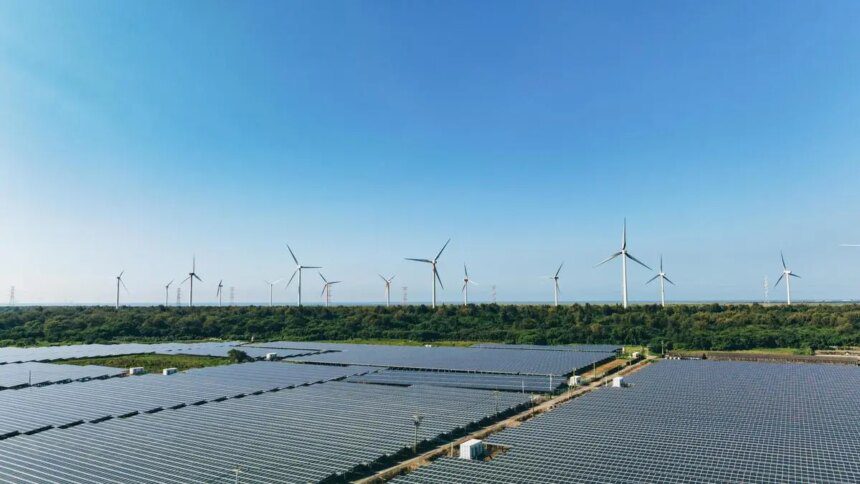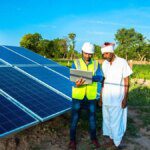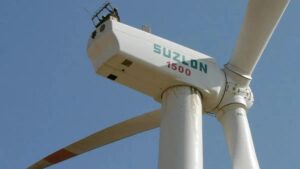Climate change has made predictions of wind speed and solar irradiance, based on historical data, pointless | Photo Credit: Getty Images
There is little disagreement in the renewable energy industry on this point. You do need to know wind speeds at different heights and during different months to determine where to put up wind turbines; you do need to know how much sunshine the area you wish to put a solar plant on will receive in a year. If you say there isn’t enough of this data, you will see only nodding heads.
But when it comes to who should collect the data and how it should be made available, there is a sharp division in opinion. Should data collection be public funded? Should those who spend time and money in generating the data be forced to open the data box, even if for a fee?
The point about a lack of sufficient data to propel the industry towards its goals was recently highlighted by Vinay Pabba, CEO of Vibrant Energy, in his LinkedIn post, in which he described the problem as a “hidden flaw” in India’s clean energy boom. Pabba believes that India is trying to build its clean energy assets “on the foundation of guesswork, outdated information and proprietary secrets”, which, he says, is a “fundamental risk” to India’s energy security.
The data shortage is acute in the wind energy sector, as the industry is moving to less-known sites, with the previously identified windy sites already taken. Wind data is typically collected by turbine manufacturers (such as Suzlon, Envison, Inox); they provide the data only if an energy company promises to buy their machines. ‘My data only for my customers’ is indeed a fair point. But that doesn’t help the industry. Some energy companies (Independent Power Producers, or IPPs) too generate data, but only for themselves.
Wind data collection should ideally be done by the National Institute of Wind Energy (NIWE), but the body is not financially armed enough for the job. Putting up masts (of LiDAR) and collecting wind speed data for years is not a paying proposition; else, it would have attracted entrepreneurs and become a standalone service. Worse, the market is dynamic. NIWE has data up to 100 metres, but the industry has climbed higher — today’s turbines stand 140-160 metres tall. Extrapolating ‘100-metres’ data to 160 m is a giant punt.
The situation as regards solar energy is only a little better. “We continue to rely on foreign datasets for much of the energy yield analysis that underpins clean energy investments,” says Pabba, observing that that “financial models are built on outdated information.”
Climate change
In any case, climate change has made predictions of wind speeds and solar irradiance based on historical data pointless. Rising global temperatures are disrupting long-established atmospheric circulation patterns, such as the jet streams and monsoon systems, leading to greater variability in wind intensity and direction.
Similarly, changes in cloud formation, aerosol concentrations, and humidity are altering the amount and consistency of sunlight reaching the Earth’s surface. As a result, regions once considered reliable for steady wind or solar power are experiencing unexpected fluctuations, challenging energy planners and grid operators. Traditional climate models, based on historical weather data, are proving less reliable in this shifting environment, underscoring the need for adaptive forecasting tools that can account for a rapidly changing climate.
“A mandatory open-source data repository is the answer,” says Pabba, adding that data is a “public good” and should be made available to all stakeholders for a “reasonable fee”.
Not everybody agrees with Pabba. M P Ramesh, a wind industry expert and former Director of NIWE (then called Centre for Wind Energy Technology, or C-WET), says that asking data generators to put the data into the public domain is “like demanding to be allowed to copy in examinations”. He notes that resource information is a “painstakingly collected, high-risk activity” and not all information will be always useful.
Pabba says that the CEA directive to share automatic weather station data is a positive step, Ramesh that the directive has nothing to do with energy yield analysis requirements.
Disagreements among experts and stakeholders are natural, but the underlying message is that there needs to be data. It is time for either government bodies to do budget-supported data collection or a subsidy scheme to make data generation a viable, standalone entrepreneurial activity. India today has 52,681 MW of wind and 1,23,130 MW of solar capacity. The distance traversed is far smoother than the distance ahead.
Published on October 13, 2025










